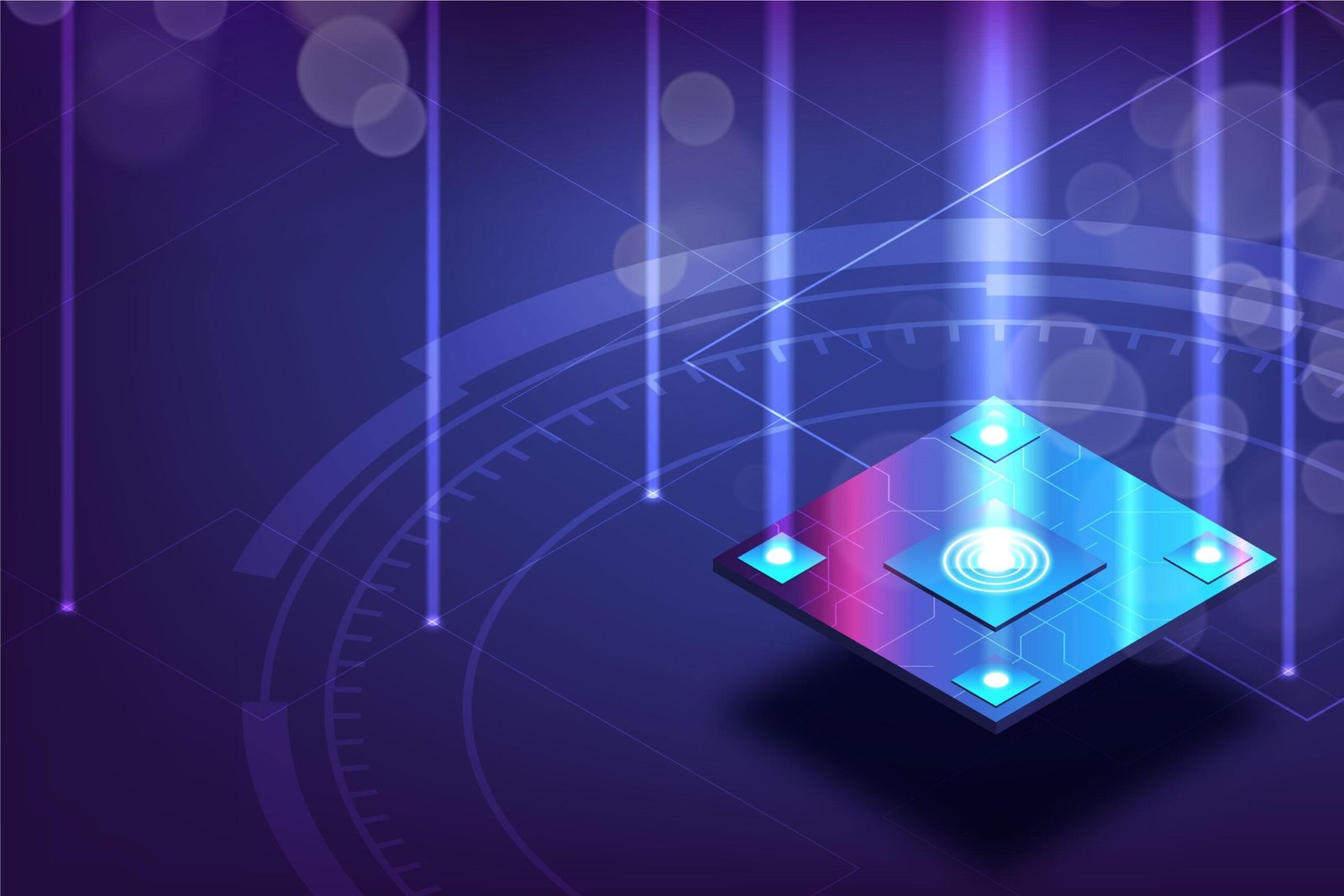
The Future of Li-Fi Technology - Trends and Predictions for 2024
Discover the Li-Fi landscape, 2024 trends & innovations in light communication. Dive into Li-Fi technology, data transfer through light, & the future of Li-Fi.

The Future of Li-Fi Technology - Trends and Predictions for 2024
LiFi technology has come out as a game-changer in the world of networking and communication. The utilization of LiFi or light wifi is particularly pronounced in areas that value fast connectivity, real-time communication, and high-security communication. There is a growing interest in the use of invisible light communication technologies across important sectors such as automobiles, aerospace, defense, and IoT.
Given that LiFi technology has dynamic capabilities that can benefit multiple sectors, what are the predictions for its usage scenario in the coming future? To understand this, we need a deeper insight into the evolution of LiFi as a tool for communication and how its adoption can change the fate of upcoming technological developments. Read on to learn more!
Understanding LiFi technology
LiFi is an acronym for “light fidelity”. In simple terms, LiFi is a wireless communication technology that uses light signals to transmit data. A typical LiFi network depends on a light source to create a bidirectional internet connection that offers improved speed, security, and stability. Since its introduction in 2011, LiFi has been adopted worldwide as an effective alternative to radio-frequency-dependent traditional internet networks.
The key principle behindLiFi technologyis the reliance on optical signals to transfer data in a network. LiFi appliances typically depend on light-emitting diodes or LED lights to carry data across a system by modulation of light frequency. A connection is established when this modulating beam of light is detected by light-sensitive receptors connected to computers, tablets, or IoT devices.
Read more:LiFi Vs WiFi Technology - Key Differences
Evolution and Milestones: History of LiFi
The use of light signals to transmit information was first modeled in 1880. This was the year when Alexander Graham Bell invented the “photophone”, a device to wirelessly transmit sound using a beam of light. The photophone was a pioneer in terms of utilizing modulated light waves for data transmission and went on to inspire many contemporary optical communication technologies.
LiFi technology in its present form relies on the basic principles of Visible Light Communication(VLC) to create a two-way network for data transmission. The earliest known research on modern-day VLC technology was conducted in 2003 at the Nakagawa Laboratory in Japan. Here, LEDs were used for transmitting data by visible light signals. This was followed by an experiment conducted by CICTR at Penn State in 2006, where white LED and power line communication was combined to create an indoor broadband network.
Most recent studies on different subsets of VLC technology focused on how optical signals could be modulated for data transmission across space. Professor Harald Haas and his team of researchers conducted another one of such experiments that led to the invention of Li-Fi. Here, light was used as a medium for bidirectional or two-way transmission of data to establish a network. At his presentation at TED Global in July 2011, Professor Haas presented a live demonstration of an HD video being transmitted using an LED lamp. It was here that the term LiFi or Light fidelity was proposed to introduce this invention. Following this, Professor Haas founded the company pureLiFi to commercialize the LiFi technology in 2012.
Within the last decade, many more companies have emerged to offer new products that integrate LiFi technology into our daily lives. As the usage of LiFi continues to evolve with R&D, equipment manufacturers are innovating new ways of applying LiFi technology to serve a widening consumer base.
Read more:How LiFi works step by step
Trends and Predictions: The Future of LiFi
LiFi is one of the most promising inventions in the world of wireless communication technologies. Some key characteristics of LiFi make it a preferred winner over its competitors in the world of communication. Unlike WiFi and other internet networks, LiFi does not use radio signals to transfer data. This gives LiFi an edge in terms of energy efficiency, ease of installation, and better connectivity performance. As LiFi grows to become a game-changer for the tech industry, here are some key trends in its recent evolution:
-
1. 2024 Market Trends in LiFi
The market for LiFi-based products is estimated to be worthUSD 1.72 billionin 2024. Further, it has a CAGR of around 63% for the forecast period of 2024-29.
-
2. LiFi as a WiFi Alternative:
Being an alternative to WiFi,LiFi is projected to replace the WiFi internetin the world of communication technology. This implies that we can expect a reduced reliance on radio waves as light frequency signals take over the communication market.
LiFi technology is known for providing ahigher bandwidth and lower latencyin data transmission. Experiments have shown that LiFi-based connections are capable of delivering nearly 224 GB of data per second at their maximum capacity. The popularity of LiFi is set to make high-speed internet a staple in industries as well as households. This means that the adoption of LiFi will make high-definition video calls, online conferences, and downloads a staple for people across the globe.
-
3. Wireless LiFi and Data Transfer through Light
Optical communication using light waves willeliminate reliance on heavy wiring and cabled networks.LiFi offers easier and simpler installation by reducing the usage of complicated hardware or connectivity equipment. A typical LiFi network uses infrared or invisible light waves from an LED bulb to transfer data. Communication in a LiFi system relies on an uncomplicated set-up composed of a light source, a LiFi router to receive information-bearing signals, and a LiFi key which transforms the received signals into electrical data. This data is then translated by a computer into its final form which can be understood by humans.
-
4. Incorporating Current Trends in LiFi
The popularity of LiFi technology is augmented by its highly customizable nature. This feature of LiFi enables its integration into a wide range of products and devices, resulting in its easy adaptation to diverse environments. Recent R&D has created many new use cases for the LiFi technology, causing it to penetrate highly competitive sectors such asdefense and aerospace. LiFi offers speed and ease of deployment in high-risk environments, making it useful in areas such as military operations and disaster response activities. Besides this, we also see a speedy adoption of LiFi-based networks in the aerospace space sector. This is driven by LiFi’s ability to reduce flight load while still maintaining lag-free connectivity during space transport. We also expect an increased deployment of LiFi-backed devices in highly specialized industries such as medicine, education, underwater navigation, and transportation.
Read more:An Industrial View of the Challenges and Future of LiFi
The lightweight nature of LiFi makes it aneco-friendlyalternative to traditional internet technology. A working of a LiFi system can be achieved with a simple, and cost-efficient installation process which creates negligible interference with existing infrastructure. Besides, reliance on invisible light for communication makes LiFi a power-saving system, resulting in reduced electricity costs in the long run. Another key benefit of LiFi-based connections is abetter outcome in terms of public health.This is because exposure to traditional radio waves has proven to be harmful to human health. The use of LiFi internet instead of Wifi can lead to significant improvements in the health and longevity of a population.
Conclusion
The adoption of LiFi as a technology of the future is an ongoing phenomenon. Researchers are set on discovering better ways to integrate LiFi into our lives to improve connectivity, navigation, and security of communications. Companies such as Oledcomm are committed to building a range of LiFi products that can benefit the end-user by meeting the unique needs of their projects. If you are someone who wants to experience the magic of enhanced connectivity through LiFi technology, contact us atOledcommnow!
Recent articles

Categories
See some more...




